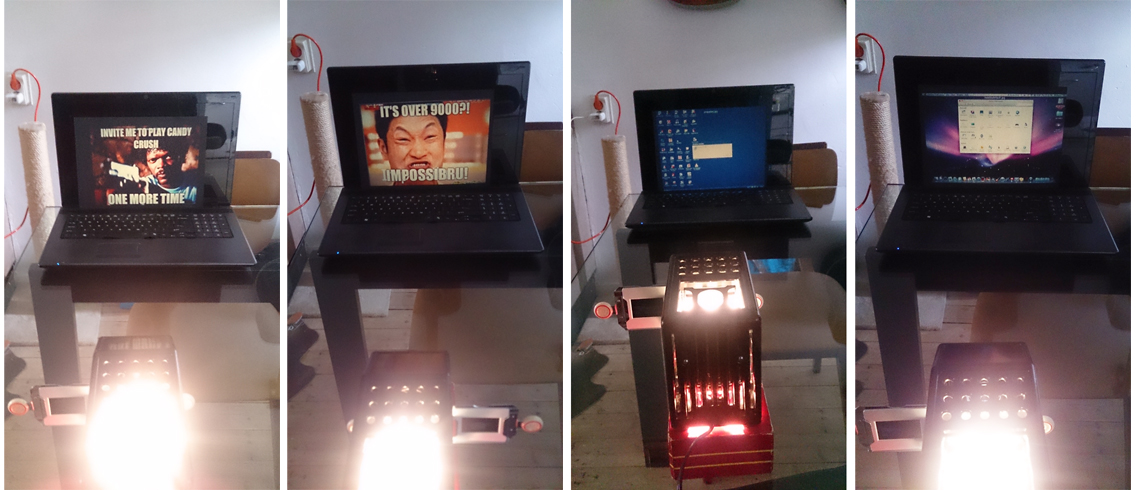Digital - Slides: Difference between revisions
No edit summary |
No edit summary |
||
| Line 15: | Line 15: | ||
Questions: | |||
Where does it get interesting? What happens? What do you left behind for the viewer? | |||
The feeling for nostalgic, and seeing digital slides is already there, what is the extra layer? | |||
| Line 24: | Line 27: | ||
[[ Text: Jacques Derrida - Archive Fever ]] | [[ Text: Jacques Derrida - Archive Fever ]] | ||
---- | |||
After reading from Baudrillard and Derrida, I believe the transition has more meaning than just making a photography. So how can I show this transition, rather that the images are a big distraction or have meaning to something. | |||
Like holiday photos, everyone has them, and the only meaning that they have are connected to the person how’s owns them. A personal connection. to the viewer not so important so may be a good way to highlight the transition of those images. If I take analogue holiday photos, make them digital by putting them on a computer and online platform, and photograph them analogue from a screen. The question might be ‘''is photography still death''?’, can I keep them alive by transform them back to analogue, to give them time. | |||
Revision as of 15:08, 15 May 2015
Turn digital images to analogue slides and present them with a slide projector. Images like memes and desktop screenshots, what happens to the images? What happens to their context? Are the just archived or is it a representation of the digital version?
I bought a Slide-film and shoot with my analogue camera digital-images like a desktop, Facebook, Google, and internet Memes on a TV screen. After the development I projected them on a screen again like a Laptop or PC. So it looks like a physical image/photo becomes digital again. It's still an experiment but I like to continue with it, because the friction with digital images on a slide I find really interesting.
The projector that I found for my experiment is a RECALL WIDE Slide Projector. The way it works and the action of putting slides (max. two) in the projector is an experience itself. Sliding to the next one is just great and has a nice feeling of looking at images. It becomes a performance when you are ‘sliding’.
After my first ‘homemade’ slides I now know how it looks with digital-images as slides. And I was very happy that they worked. But what does this so called 'digital-slides' mean? What happens to some specific images when I transform them back to analogue slides? (The transition of analogue images, to a digital image, back to analogue)
Questions:
Where does it get interesting? What happens? What do you left behind for the viewer?
The feeling for nostalgic, and seeing digital slides is already there, what is the extra layer?
READINGS
Text: Jean Baudrillard - Why hasn’t everything already disappeared?
Text: Jacques Derrida - Archive Fever
After reading from Baudrillard and Derrida, I believe the transition has more meaning than just making a photography. So how can I show this transition, rather that the images are a big distraction or have meaning to something.
Like holiday photos, everyone has them, and the only meaning that they have are connected to the person how’s owns them. A personal connection. to the viewer not so important so may be a good way to highlight the transition of those images. If I take analogue holiday photos, make them digital by putting them on a computer and online platform, and photograph them analogue from a screen. The question might be ‘is photography still death?’, can I keep them alive by transform them back to analogue, to give them time.


